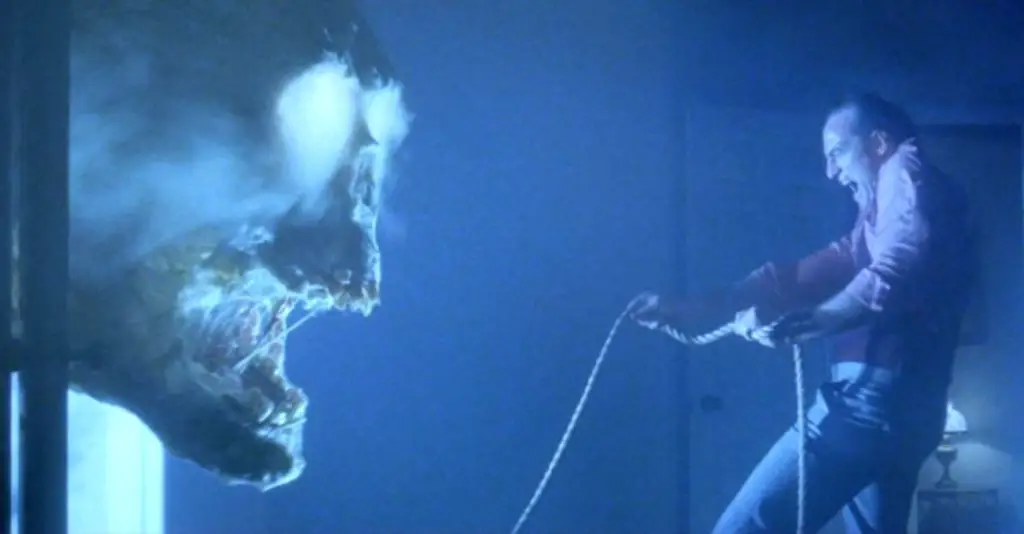
The Horror Remake Code of Conduct
Horror remakes can provoke a considerable amount of eyebrow-raising. The critical fallout of a modern horror remake can be a swift brutal blow to the director, actors, and studio. It can end the movie’s run within a week of opening. The original black and white Psycho (1960), a “prestige horror film on a B-movie budget,” was shrouded in secrecy. Reviews boasted the film “as a first-rate mystery thriller, full of visual shocks and surprises which are heightened by the melodramatic realism of the production.” The shot-for-shot color remake, however, in 2000, by director Gus Van Zant tanked. A poorly executed and pointless homage.
Sometimes a horror remake can have fans and critics dancing in the aisles. Take the “lean and simple” remake of The Crazies (2010). The film embraces an effective form of relentlessness. Far superior to the original 1973 version. All hail the horror king, George Romero, for making the original! Romero would also give audiences the zombie phenomenon Night of the Living Dead (1968). The revered Dawn of the Dead (1978) would follow. “Superhero” director Zack Snyder’s Dawn of the Dead (2004) remake was critically acclaimed as he paid full tribute to the original and stuck to the code of conduct. The film was deemed worthy as the “re-birth of the zombie genre.”
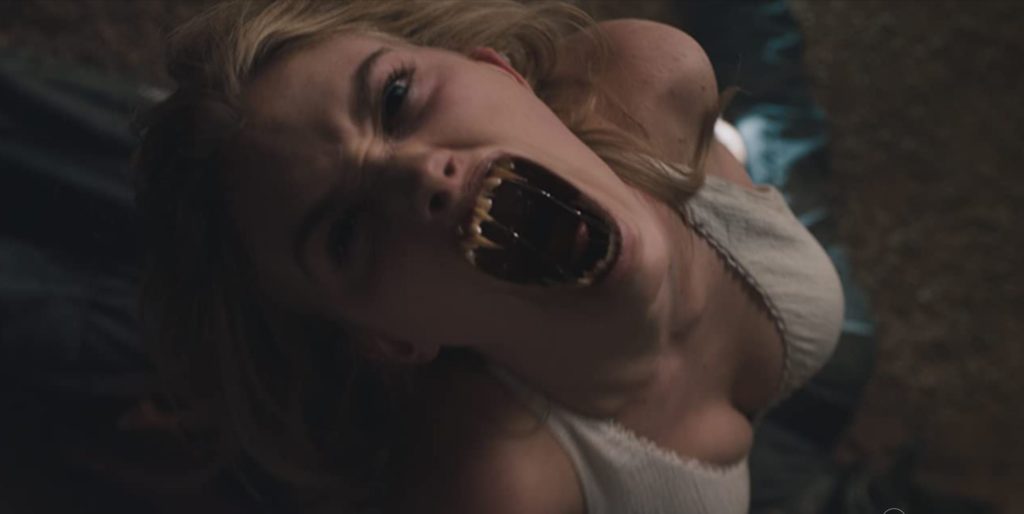
Keep it Simple
On the surface, the recipe for a horror remake seems simple. However, to make a successful remake it is imperative to adhere to the code of conduct. First and foremost, a horror remake should modernize some aspects of the original film. Director Alexandre Aja dialed up the gore and created a “too damned good”remake of The Hills Have Eyes (2006). The film was indirectly siphoned from Wes Craven’s decadent, late-night, drive-in theater-worthy, 1977 original. The remake is a gruesomely lovely homage.
Next, a horror remake should feel original. Director Craig Gillespie’s Fright Night (2011) is a slam dunk winner. Fright Night (1985) was a groundbreaking horror film in terms of continuity, special effects, and dramatically effective, and fun storytelling. The retelling of the story includes all the beloved characters of the original film. Charley, Ed, Amy, “vampire killer” Peter Vincent, and the baddie himself Jerry Dandridge. The reimagined Fright Night introduced an entirely new horror-loving generation to one of the best vampire horror films ever made a quarter decade earlier. And a fresh new ending with some insane nods to the original.
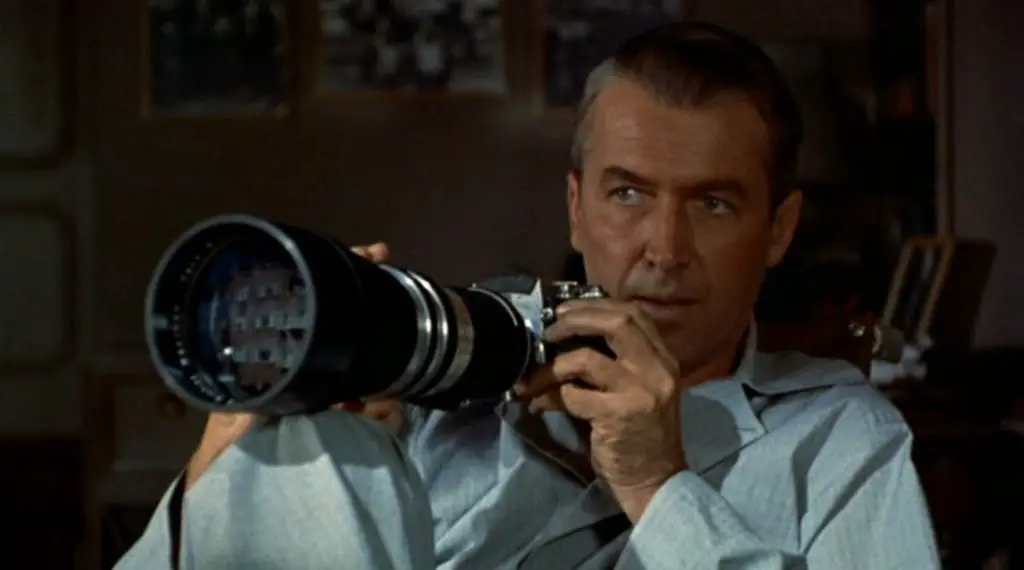
Rear Window – a Template for Horror
Finally, when remaking a modern horror film, memorable key elements of the original must be extracted and thoughtfully placed into the new film. Overall though the flow of the film shouldn’t be a carbon copy. Take Rear Window (1954), for example, starring Hollywood’s elite: James Stewart, Grace Kelly, Thelma Ritter, and Raymond Burr. Next to Psycho (1960) the concept of Rear Window is one of the top three templates by which many of today’s modern horror directors reference. The others being “killer that won’t die,” and the jump scare.
The plot follows a “man as he passes his long days and nights by shamelessly maintaining a secret watch on his neighbors.” The audience shares his obsession in this must-see film for all thriller and suspense-loving fans and definitely Hitchcock fans looking to be amazed by his directing style. Three films do an excellent job of following the code of conduct of Hitchcock’s classic and would make the master of the thriller very proud.
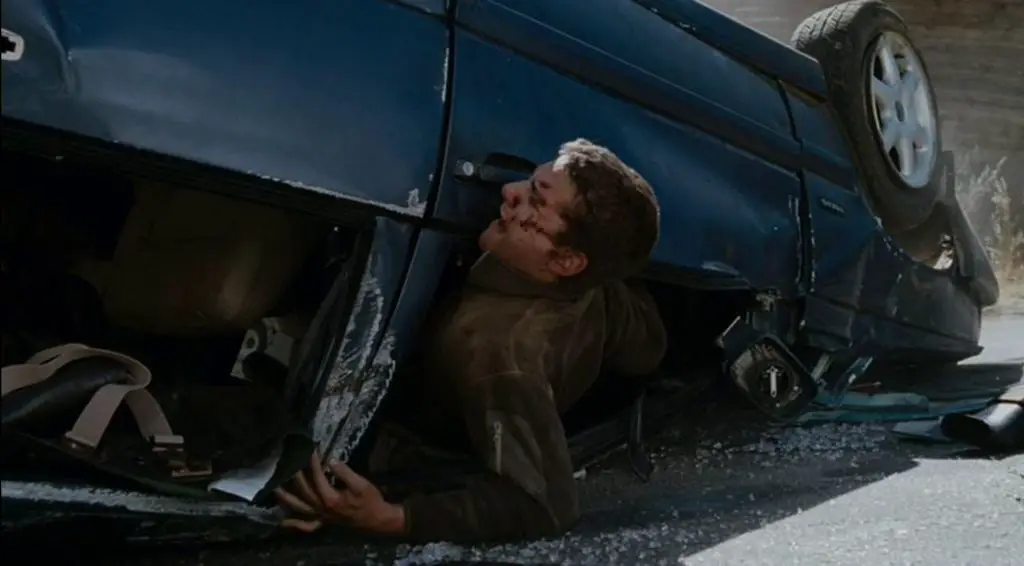 Horror Movie Remakes – Hitchcock Would Be Proud
Horror Movie Remakes – Hitchcock Would Be Proud
First, there is Disturbia (2007) starring Shia LaBeouf. Homebound and under house arrest, it pretty much follows practically the same formula, only the antagonist kidnaps women and stores them in his basement. Likewise, What Lies Beneath (2000) finds Michelle Pfeiffer snooping on her neighbors, and convinced the husband has offed his wife. Finally, The Woman in the Window (2021) uses clips from Rear Window to set up the plot. Amy Adams’ character is a pill-popping, wine-loving, traumatized, agoraphobic woman that witnesses a murder from her window. In each of these films, it’s the Rear Window formula that drives the narrative, but each film has unexpected twists and turns that would make Hitchcock most proud!
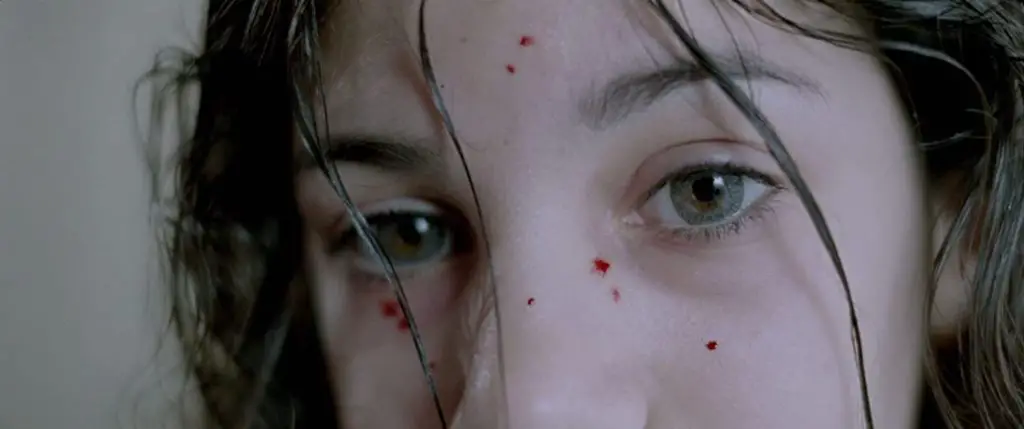
A horror remake must look and feel authentic and never exaggerate the original movie’s tone and narrative. The best example of this can be seen in the Swedish horror masterpiece Let the Right One In (2008), and its comparatively stylish and modern American version Let Me In (2010). The former was lauded internationally by critics, while the remake a mere two years later “set the standard for new vampire films.” Both films are stark, cold, filled with anguish, awkwardness, and unrequited love. But, there is something incredibly uncomfortable, more fascinating, more visually and viscerally appealing about the “dance” between Eli and Oskar in Let the Right One In.
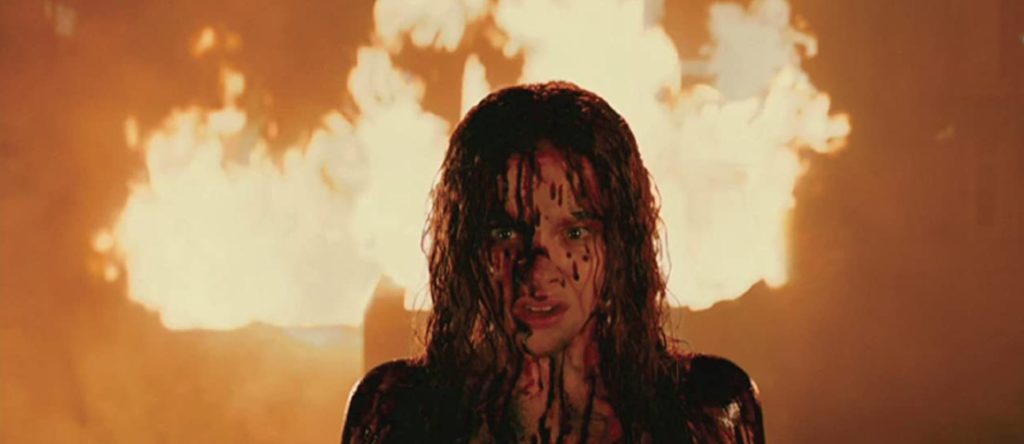
Really Good Horror Remakes
A few other remakes are noteworthy for both their originality and for respecting the code of conduct. Suspiria (1977) is an unnerving dark horror film that takes the mind on a twisted and maddening hallucinogenic journey to hell. Ballet, murder, the occult, the Suspiria (2018) remake, with brilliant performances by Tilda Swinton as a dance instructor, and Dr. Josef Klemperer is a mind-altering arthouse horror tour de force.
Director Brian de Palma’s oscar-nominated Carrie (1979), completely raised the bar for high-school angst and supernatural horror. Critics would cite the film as one “to be written and argued about for many years to come.” So, why not remake it? Exactly what Boys Don’t Cry director Kimberly Pierce thought! And so it was, a new generation of Carrie (2013) was born. Winning the best horror film People’s Choice Award, many critics felt the remake was a respectable nod to the original, while also offering a fresh new sensation of surprises. The prom scene though was definitely carbon-copied for a reason. Albeit a spot-on visual feast, Pierce’s version of the prom somewhat disappoints. It’s tame, and doesn’t use director Brian DePalma’s unusual camera angles and compositions, nor does it set up the “shock moment” when the blood bucket drops.
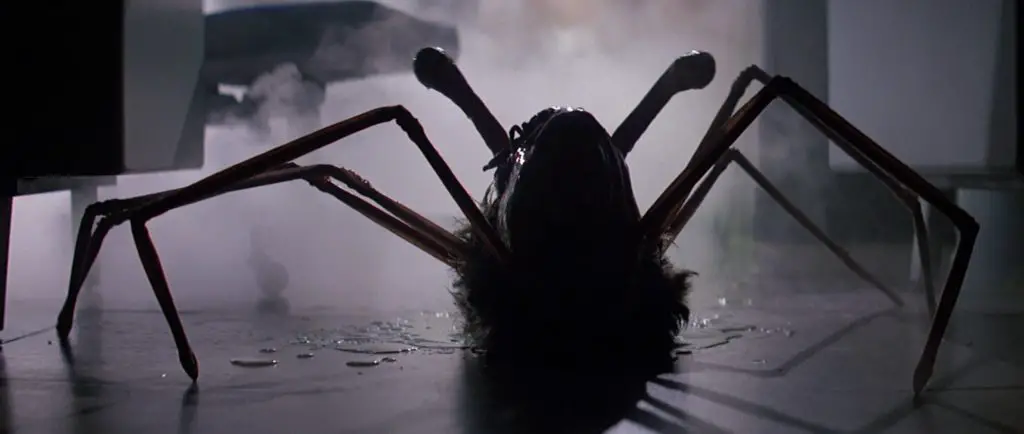
The Thing
Two crucially gore-inspired scenes that pay homage to the entire horror genre, live in the spectacular that is John Carpenter’s The Thing (1982). The first is when “Copper attempts to defibrillate Norris and a giant hole opens in his chest.” A second Norris “Thing-head” and deformed body stretches up and out of Norris’ chest towards the ceiling. Meanwhile, Norris’ real head pulls away from its burning body, grows crab legs, and scurries away.
The second and most memorable scene in the original film is the tension-filled “blood-test scene.” It’s the defining moment in the film, much like in Alien (1979), forcing the crew to band together and survive, no matter the odds, despite their dislike for one another.
The Thing (2011) remake ratchets up the gross a few notches. The freakishly tense “dental fillings-helicopter scene.” The “don’t trust Juliette” scene and the unexpected and over-the-top “absorb and multiply” scene. Although, Thing ’82 had no CGI, which makes it the far more superior version. And while Thing ’11 somewhat mirrors the original, it falls short of replicating John Carpenter’s brilliance.
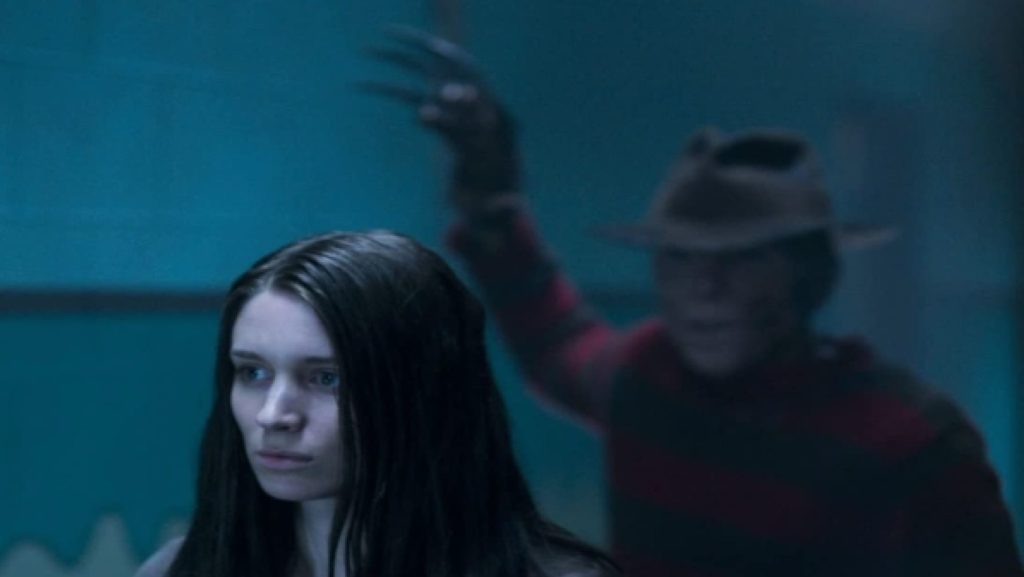
Horror Remakes. Authenticity or Bust
Director Wes Craven’s Nightmare on Elm Street (1984) is a tense thriller with gruesome violence. It is truly 80s horror at its finest. The antagonist, Freddy Krueger is bloody terrifying, and the way he kills is disturbing. He strikes without remorse. There’s an underlying theme of teen impotence. Therefore, kids see danger in the world but lack the power to do anything about it. The adults assigned to protect them fail miserably.
After the original film, Wes Craven left the director’s chair. However, Freddy Krueger helped the franchise rocket towards box office records. Despite his character becoming more baroque and cartoonish. The growing popularity of Kreuger and the Elm Street franchise films led to the remake of Nightmare on Elm Street (2010). The story reached back to the original film’s roots. Writers used less comical one-liners. The darkened backstory portrayed Freddy as a predatory sexual deviant, not just a mysterious child killer.
While the film remained authentic in an homage to storyline, props, and kills, film critic Owen Gleiberman writes “it’s a by-the-numbers bad dream that plays a little too much like a corporately ordered rerun. One, two, Freddy’s coming for you. Three, four, we’ve been there before.” Robert Englund, the actor who played Freddy in the original franchise Elm Street films gave it two thumbs down. So, what key elements were missing? Keep reading for more amazing horror remake facts and film comparisons in Horror Reimagined – Remake it or Don’t?
Other Works Cited:
hollywoodreporter.com/news/general-news/psycho-review-1960-movie-1014164/
thefilmstage.com/the-rules-of-the-remake/
bloody-disgusting.com/editorials/3634298/remake-proved-everyone-wrong-revisiting-let-10-years-later/
chicago.suntimes.com/2017/9/6/18318960/no-doubt-about-it-stephen-king-clown-puts-serious-scares-on-screen
screenrant.com/freddy-krueger-nightmare-elm-street-sweater-red-green-reason/
nytimes.com/2021/08/21/opinion/parents- covid-freddy-krueger.
Published works: Remaking Horror: Hollywood’s New Reliance on Scares of Old, By James Francis, Jr.